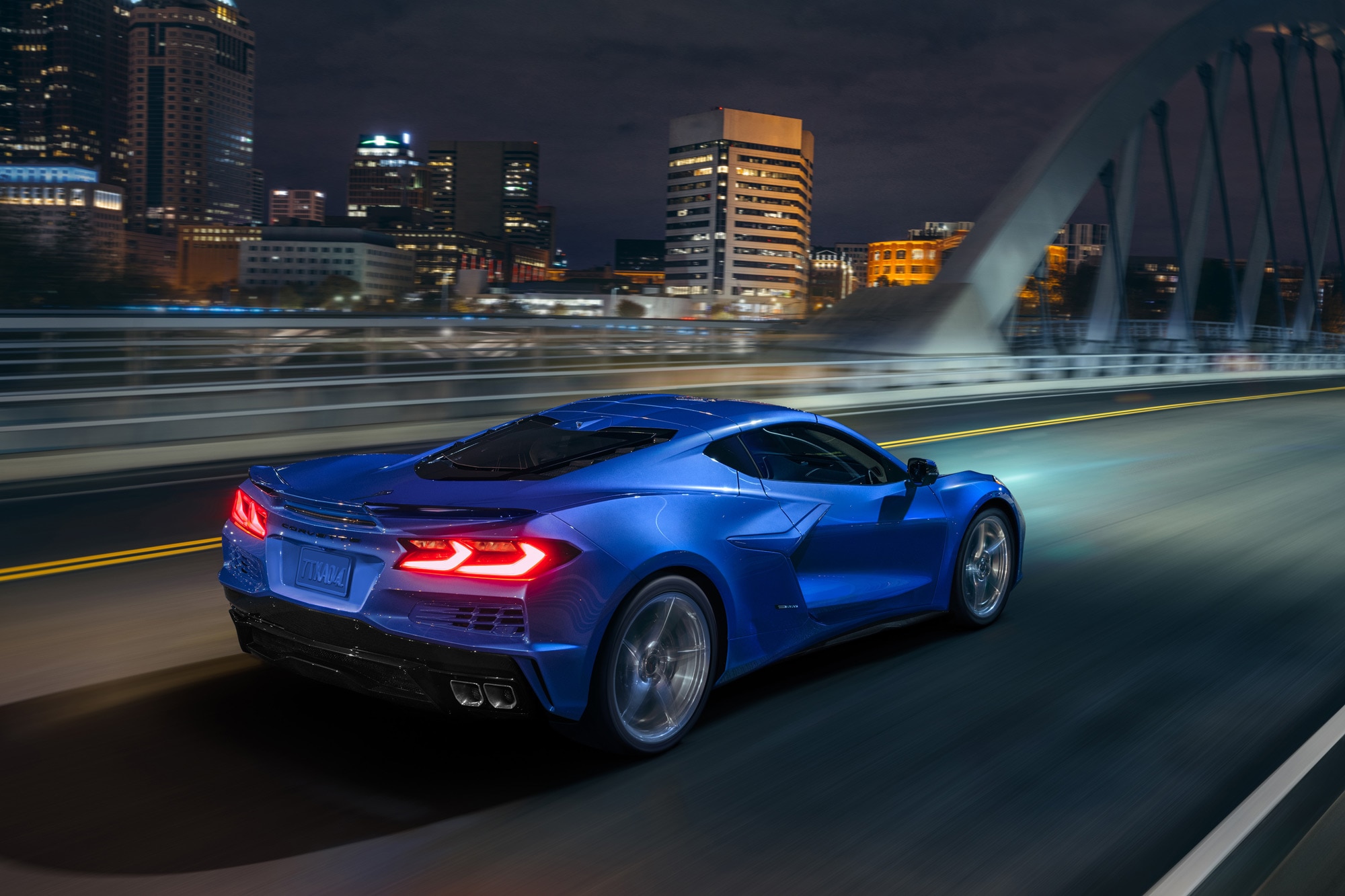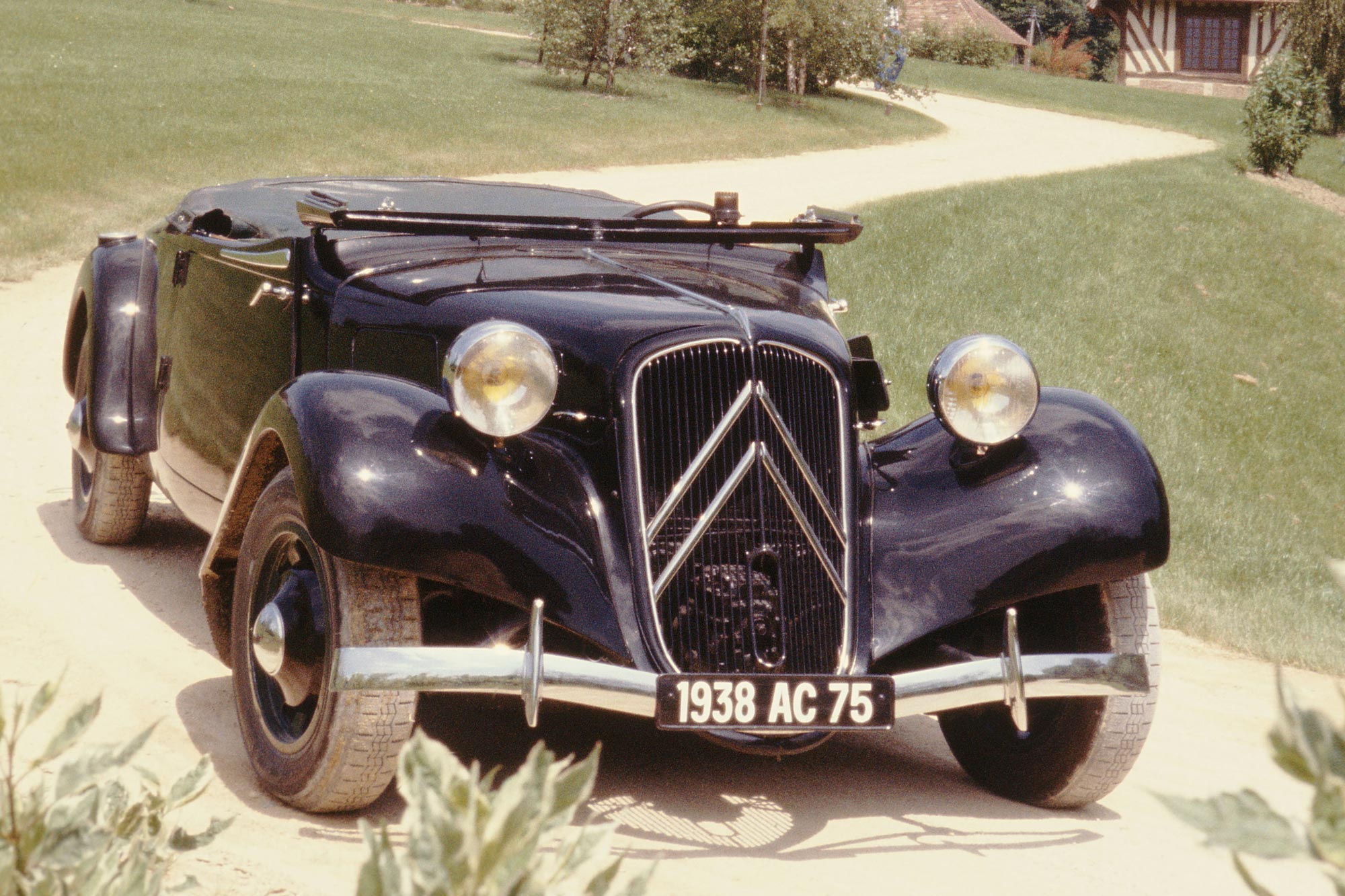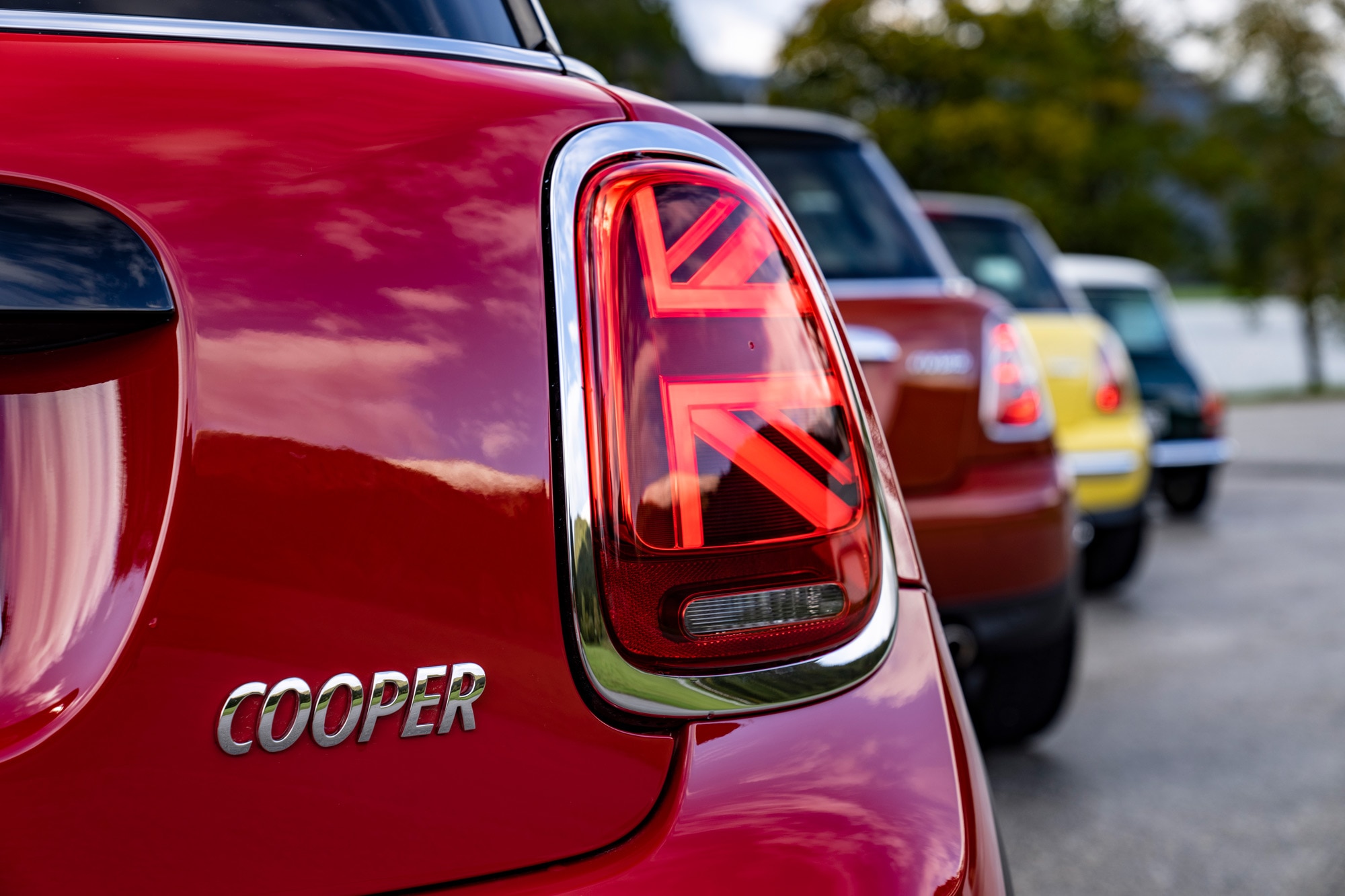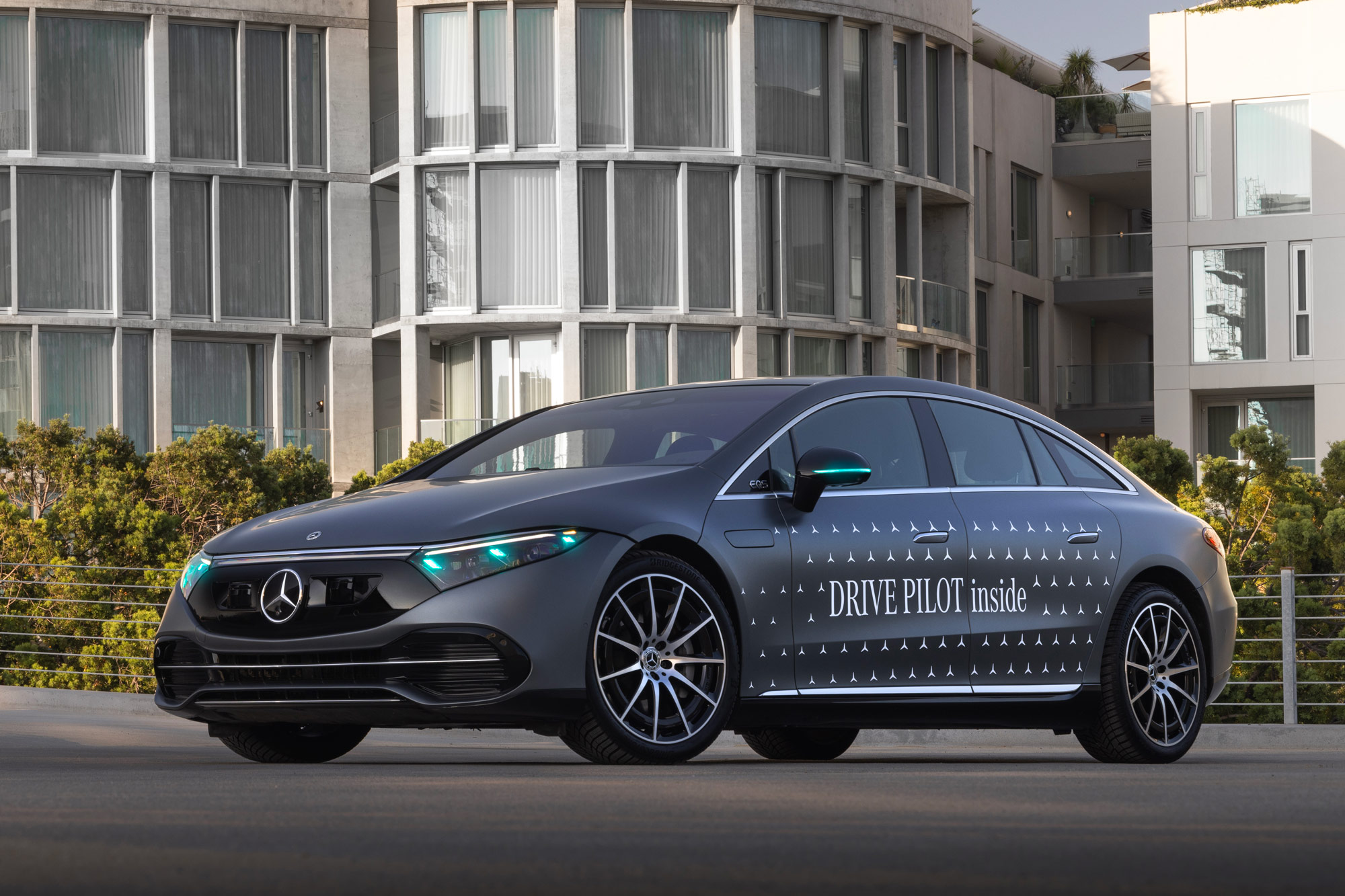Why Taillights Are Red and Other Vehicle Light Color Choices Explained
Whether LEDs, lasers, or high intensity, automotive lighting colors haven't changed much in decades.
 Chevrolet
Chevrolet
The technology behind automotive lighting has advanced to a large degree over the past several decades, with sealed-beam headlights giving way to halogen and xenon bulbs, then moving to LED and even laser light sources. LEDs have also found their way into taillights and turn signals, lighting up ever brighter and quicker than their predecessors.
In contrast, the colors of exterior lights on cars, trucks, and SUVs have remained remarkably static. Most of the shades of light seen on U.S. highways today are reflective of what was on offer in the middle of the previous century, representing nearly 75 years of stability.
Why are automotive lights the colors that they are, and what choices and forces have kept them locked in the spectrum for so many decades? Here's a look at the history of exterior vehicle lighting colors and how they have only recently begun to evolve.
 Dodge
Dodge
The Early History of Vehicle Lighting
There are two reasons why a vehicle should have lights once the sun goes down. The first is to see the path ahead so you can safely navigate any obstacles in the dark. The second is so that others — whether they're walking, cycling, driving their own vehicles, or even riding on horseback — can see you as you approach.
This was true even back in the early days of the automobile when designers took their cues largely from the horse-drawn carriages that handled the majority of transportation. These made use of a mix of lighting sources, including beeswax candles and oil, kerosene, or acetylene lamps. By the very end of the 1800s, vehicles were fitted with primitive electric carriage lights.
Horses can only move so fast, and it doesn't take a lot of time for a carriage to stop. This meant that the limited forward illumination provided by acetylene and kerosene lamps wasn't such a big deal until automobiles started to regularly exceed these speeds. That's when companies began to develop more robust lighting sources.
These included Pockley Automobile Electric Lighting Syndicate and automakers Peerless and Cadillac, each of which introduced extensive electric lighting for automobiles during the first decade of the 20th century.
 Citroën
Citroën
Why Are Headlights Bright White?
Early on, many car headlights used a tinted yellow light to illuminate the road ahead. Some countries, such as France, made them the default for decades — which can improve visibility in foggy conditions while also reducing glare. Yellow fog lights are still popular in Europe.
 Alfa Romeo
Alfa Romeo
In most of the world, however, the most common headlight color is white. This is because white light is as close to sunlight as can be artificially generated, which improves illumination of the area ahead of the vehicle — and behind, when using reverse lights.
It's also the brightest, although drivers now have multiple "temperatures" of white light to choose from, ranging from a slight yellowish tint all the way to a harsh blue for some high-intensity discharge setups.
 Mini
Mini
Why Taillights Are Red
While white light was selected for headlights because it offers the best visibility, other vehicle light colors came about through international agreements that aimed to standardize a sprawling global automotive industry. The Geneva Convention on Road Lighting, which was adopted by most of its signatories by the early 1950s, described in great detail what countries would and wouldn't accept in terms of exterior vehicle lighting.
It's here that the concept of red lights at the rear and white and yellow lights at the front became common practice. Red is the color commonly associated with danger, hence the idea that red means stop. It's also a primary color, making it easily distinguishable.
Red taillights became federal law in the United States within short order after the international convention was ratified.
 Chevrolet
Chevrolet
Why Are Turn Signals Orange?
Amber-colored turn signals and running lights also came from the same Convention on Road Lighting. In the U.S., manufacturers actually have the choice between using red or amber turn indicator lights at the rear, but in other markets, such as Europe, amber remains the only legal option.
Although automakers have two choices for turn indicator color, the National Highway Traffic and Safety Administration released a report in 2009 stating that rear amber signal lights were more effective than red in reducing the number of rear-end crashes
Amber is also used on large trucks — both pickups and commercial trucks — as running lights on the sides and the roof. These are meant to give other drivers a quick visual signal that an approaching truck is larger than a standard automobile and may require more space in a lane. This came into effect in the U.S. in 1989 for vehicles with a width of 80 inches or more.
 Mercedes-Benz
Mercedes-Benz
Autonomous Vehicles Introduce New Lights
The advent of semiautonomous vehicle systems has introduced a new light color for cars that was certainly not discussed in Geneva in the 1950s. Specifically, Mercedes-Benz has applied for and received permission to use turquoise exterior lights for the handful of models it manufactures with Level 3 self-driving systems. This hue was chosen by the Society of Automotive Engineers to identify self-driving automobiles and was adopted by Mercedes-Benz.
 Mercedes-Benz
Mercedes-Benz
Only two of these autos are currently available — the EQS and the S-Class — and as of 2024 the lighting is only in the testing phase in California. The unique color will illuminate when the Level 3 system is active. No other state has as yet approved this new lighting color for automobiles.
Written by humans.
Edited by humans.
Related articles
View more related articles